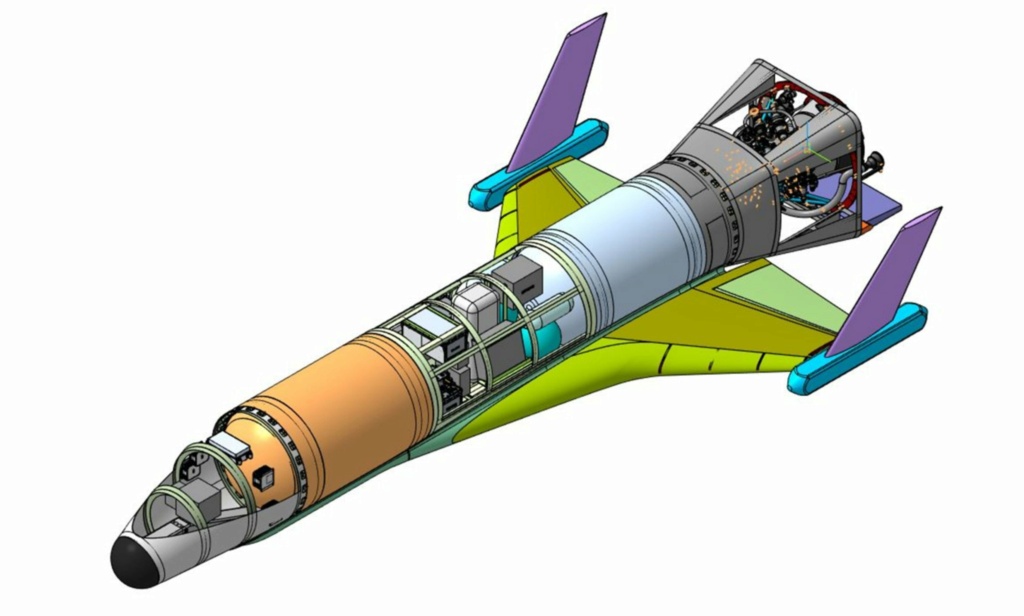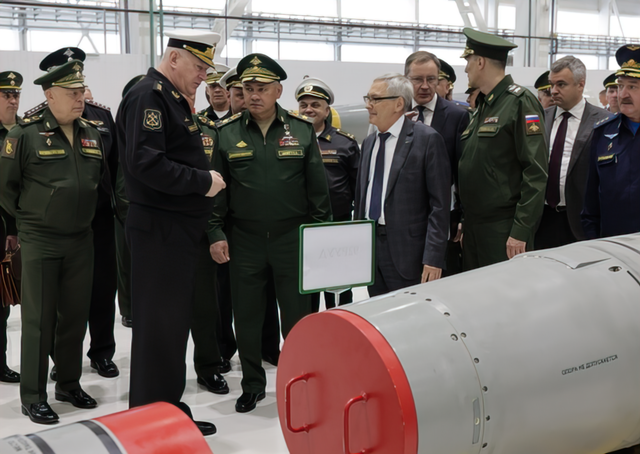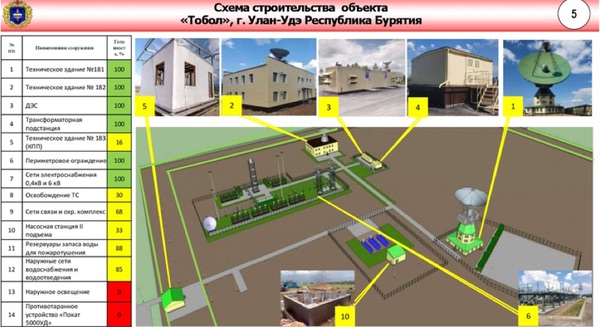 franco Wed Oct 04, 2023 1:22 pm
franco Wed Oct 04, 2023 1:22 pm
Every year on October 4, the Russian space forces celebrate their professional holiday.
On this day in 1957, the beginning of the space age was laid in the USSR — the first artificial Earth satellite was successfully launched from the Baikonur cosmodrome. The preparation, launch and control of the first satellite in an orbital flight was carried out by specialists of military formations of the Space Forces.
Today, the organizational and space forces are part of the Aerospace Forces of the Russian Federation and perform tasks as part of the army of Special-purpose Aerospace Forces, the Main Test Space Center named after Herman Titov, the Main Center for Missile Attack Warning, the Main Center for Space Situation Intelligence, as well as military units of the Plesetsk Cosmodrome.
The training of professional officers for the space forces is carried out by the Military Space Academy named after A.F.Mozhaisky.
The space forces solve a wide range of tasks, the main of which are: monitoring the situation in outer space and identifying threats to Russia in space and from space, providing the highest levels of management with reliable information about the detection of ballistic missile launches and missile attack warnings, launching spacecraft, managing and maintaining in the established composition and readiness for use satellite systems for military and dual (military and civilian) purposes and means of launching them.
Currently, the space forces have created and are operating an effective system for preparing the launch and control of domestic spacecraft for various purposes, a system for orbital and radar control of missile-hazardous areas, as well as providing global monitoring of the space situation.
As part of the combat duty to ensure the control of outer space in 2023, specialists of the Main Center for the Exploration of the Space Situation of the Space Forces of the Aerospace Forces detected more than 1,500 launches of foreign and domestic ballistic missiles and space rockets, monitored the launch into orbit of more than 2,274 spacecraft, provided forecasting and monitoring of the termination of ballistic existence of about 450 space objects, 3 warnings were issued about dangerous approaches of space objects with spacecraft of the Russian orbital grouping. At the same time, special attention was paid to monitoring the composition and condition of orbital groupings of foreign space systems.
Combat crews of the Plesetsk cosmodrome conducted 3 launches of Soyuz-2 class space rockets with 3 military spacecraft.
Specialists of the Main Test Space Center named after G.S.Titov provided 13 launches of space rockets from the Plesetsk, Vostochny and Baikonur cosmodromes, with the launch of 55 spacecraft into orbit. This year, the on-duty forces of the ground-based automated control complex of the space forces conducted more than 400 thousand control sessions for more than 200 spacecraft.
Currently, the military units of the Main Space Test Center operate more than 300 modern and modernized spacecraft controls.
The development of a new generation of command and measurement systems for the re-equipment of individual command and measurement complexes is actively underway. The commissioning of unified command and measurement facilities will allow us to switch to new technologies for controlling spacecraft of the Russian orbital grouping and reduce the list of modifications of technical controls of previous generations by several times.
The troops are actively working on commissioning the latest models of weapons, military and special equipment. The new generation Voronezh radar stations of the missile attack warning system, created using high factory readiness technology in the Leningrad, Kaliningrad, Irkutsk, Orenburg regions, in the Altai, Krasnodar, and Krasnoyarsk Territories, are on combat duty.
Work continues on the creation of new radar stations of the missile attack warning system in the Komi Republic and the Murmansk Region.
As part of the implementation of the program for the improvement and development of the Russian space control system, the space forces continue to work on the creation of specialized ground-based space control devices of a new generation. By 2025, it is planned to deploy more than 12 new optoelectronic and radio engineering complexes on the territory of Russia, implementing various principles of detection and recognition of space objects.
Currently, about 50 experimental design and research works on the creation of new generation systems and complexes are being carried out to re-equip the formations and military units of the space forces with promising weapons.
https://function.mil.ru/news_page/country/more.htm?id=12480853@egNews










